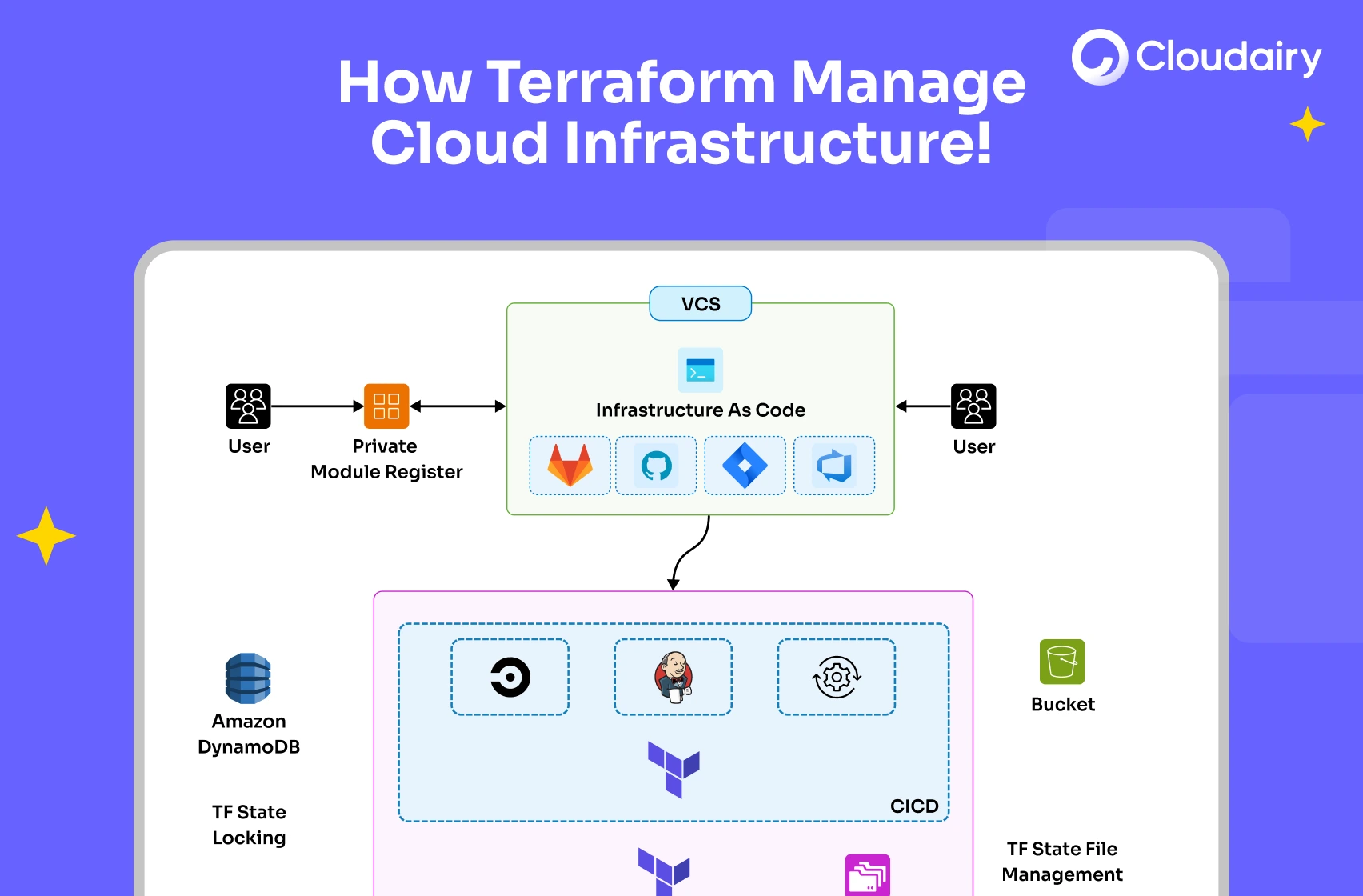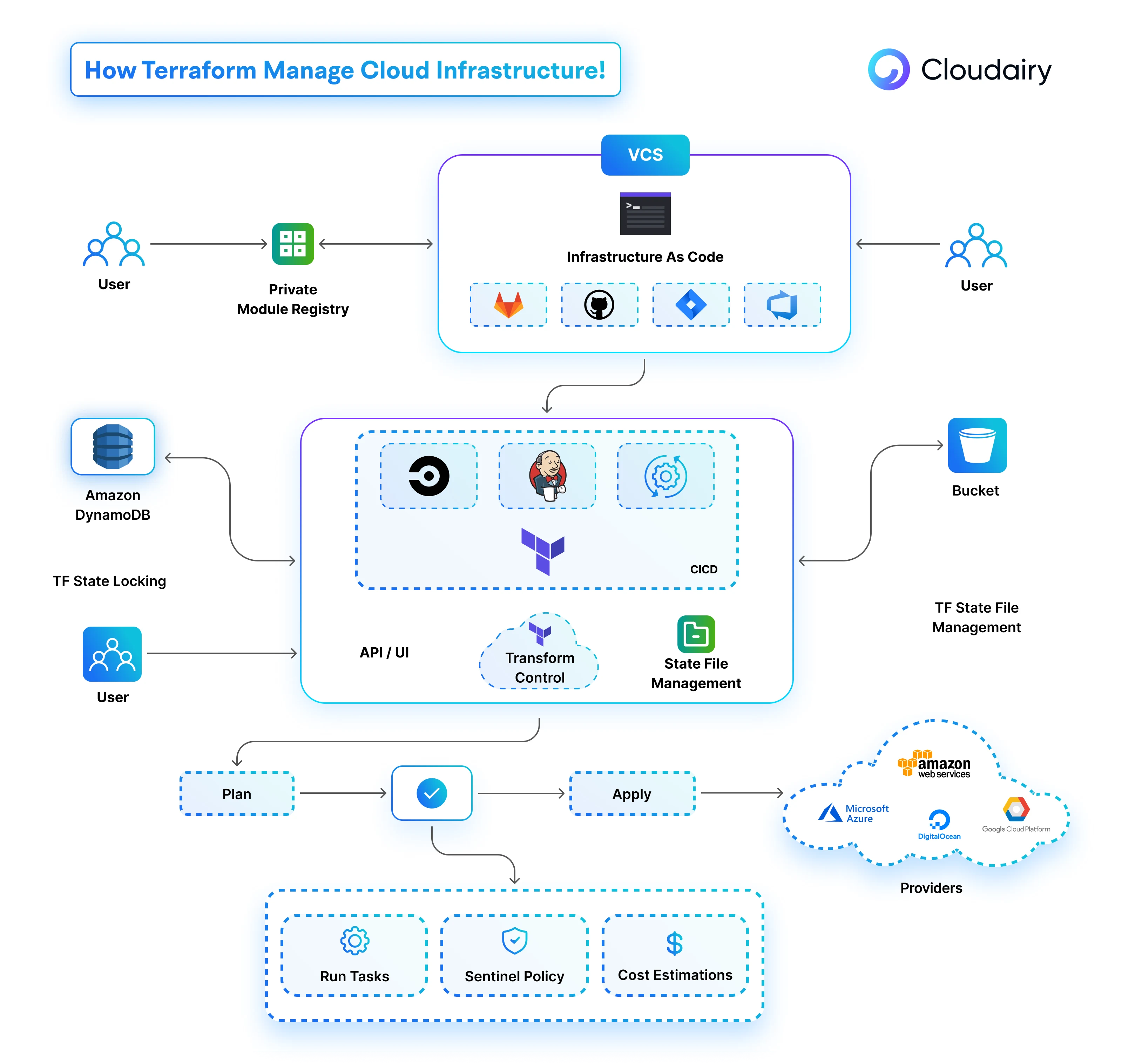



Get your team started in minutes
Sign up with your work email for seamless collaboration.

Infrastructure as Code is one of the core cloud computing practices that have changed the face of both managing and provisioning computing infrastructure within organizations. With IaC, teams can implement consistent, reliable, and scalable cloud deployments, as it helps in smoothing the overall process of infrastructure management and in turn makes the cloud environment more efficient and resilient. Let's talk about the importance of Infrastructure as Code and its key benefits associated with modern cloud computing practices.
Infrastructure as Code is the management and provision of computing infrastructure with machine-readable definition files, not physical configuration or interactive configuration tools. Traditionally, infrastructure management relied on manual configuration or complex management tools. IaC replaces this with code stored in definition files. These files, written in languages like Terraform, CloudFormation, or even general-purpose languages like Python, act as the single source of truth for defining and managing your cloud infrastructure.
1. Consistency and Reliability
IaC eliminates the human error inherent in manual configuration. Everything is defined in code, ensuring identical deployments across environments, minimizing configuration drift, and keeping your infrastructure in the desired state.
2.Repeatable Deployments
Imagine spinning up a complete development environment with a single command! IaC makes this a reality. Reusability allows you to replicate infrastructure configurations across environments (dev, staging, production) with ease, streamlining deployments and reducing errors.
3. Comprehensive Version Control
With IaC, managing infrastructure becomes akin to managing application code. Organizations can leverage version control systems to track changes, collaborate on infrastructure configurations, and maintain a history of modifications. This approach enhances transparency, accountability, and traceability in infrastructure management practices.
4. Scalability and Adaptability
IaC simplifies the process of scaling cloud infrastructure to meet evolving application demands. Organizations can swiftly provision new resources, update existing configurations, and adapt their infrastructure to accommodate changing requirements. This scalability and adaptability empower teams to respond quickly to business needs and optimize resource utilization efficiently.
Therefore, IaC is a transformational practice that puts organizations in the driver's seat for consistent, reliable, and scalable cloud deployments. As such, embracing IaC makes it possible for teams to systematize their infrastructure management processes, enhance collaboration, and ensure that their cloud environments are resilient and efficient. Embracing Infrastructure as Code is more than just best practices; it becomes a strategic imperative that organizations must follow to thrive in this dynamic cloud computing landscape.
There are numerous IaC tools available, each with its strengths. Popular options include Terraform, AWS CloudFormation, Azure Resource Manager (ARM templates), and HashiCorp Configuration Language (HCL).
Here are some IaC best practices to keep in mind:
While IaC offers numerous advantages, visualizing complex infrastructure configurations can be challenging. This is where Cloudairy Cloudchart steps in. Cloudairy Cloudchart provides a visual workspace specifically designed for IaC. Drag-and-drop functionality with pre-built shapes for popular cloud resources simplifies the design process. Real-time collaboration features allow teams to work together on IaC configurations, promoting discussions and ensuring everyone is aligned. Additionally, Cloudairy Cloudchart enables teams to document their IaC designs with annotations, creating a clear reference for future deployments.

Infrastructure as Code is a transformative practice that empowers organizations to achieve consistent, reliable, and scalable cloud deployments. By embracing IaC, teams can automate infrastructure management, enhance collaboration, and ensure their cloud environments are efficient and resilient. With the right IaC tools and best practices, coupled with visual design tools like Cloudairy Cloudchart, organizations can unlock the full potential of IaC and thrive in the dynamic cloud computing landscape.
Start using Cloudairy to design diagrams, documents, and workflows instantly. Harness AI to brainstorm, plan, and build—all in one platform.




